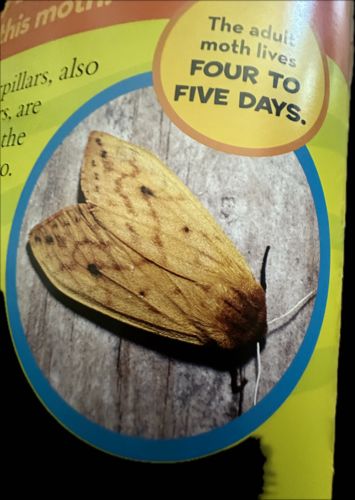Autumnal Moth
Scientific Name: Epirrita autumnata
Order & Family: Order: Lepidoptera, Family: Geometridae
Size: Wingspan typically ranges from 30 to 40 mm (1.2 to 1.6 inches).

Natural Habitat
Woodlands, forests, and areas with their host trees (birch, alder, willow). They adapt to various temperate environments where these trees are prevalent.
Diet & Feeding
Adults likely do not feed, as their lifespan is very short and focused on reproduction (non-feeding adults are common in some moth species). Caterpillars (larvae) feed on the leaves of various deciduous trees, particularly birch, alder, and willow.
Behavior Patterns
Adult moths often emerge in the fall and are typically nocturnal, attracted to lights. They are weak flyers and have a very short adult lifespan, primarily focused on reproduction. The caterpillars are the feeding stage and can be found on host plants.
Risks & Benefits
Risks: In large outbreaks, the caterpillars can cause defoliation of trees, which can stress or kill trees, especially young ones. Benefits: They are part of the food chain, serving as food for birds and other predators. As defoliators, they can also play a role in forest dynamics, influencing tree health and succession.
Identified on: 8/16/2025